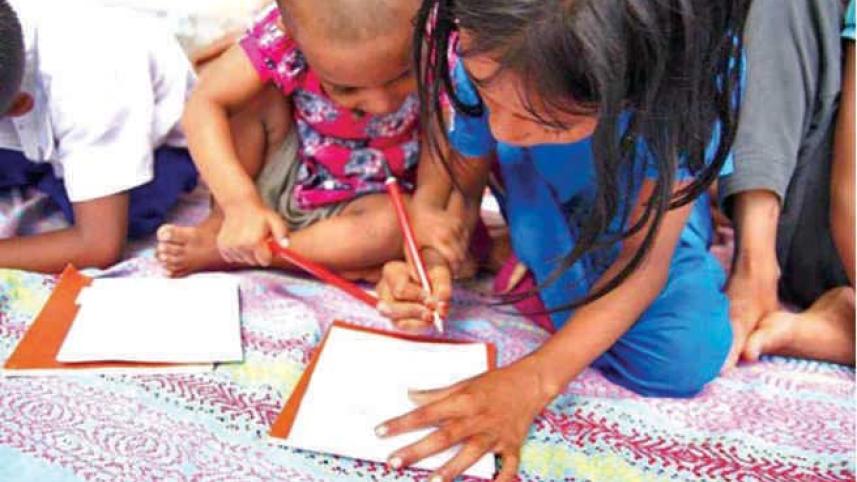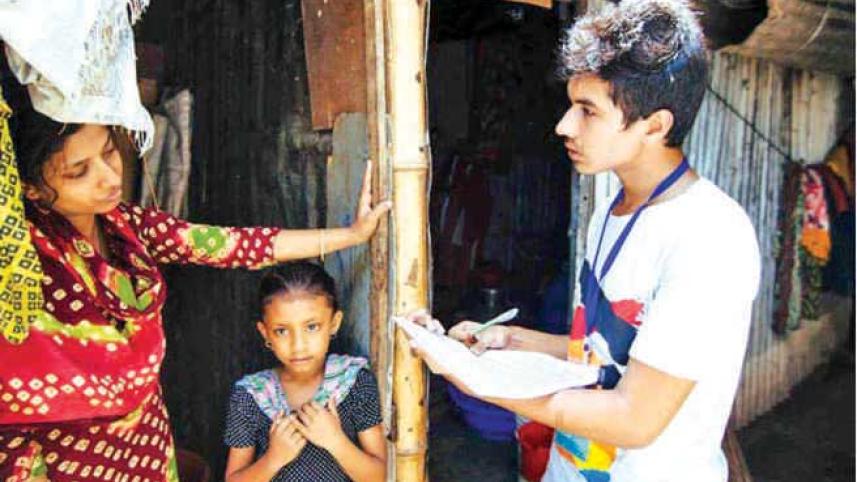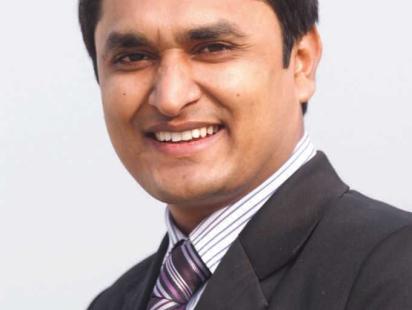CHALLENGING THE STIGMA

When Mizanur Rahman became enrolled into Jahanginagar University in 2006, he was not sure whether he would be able to continue to meet the costs of his education. Says the founder of Physically-Challenged Development Foundation (PDF): “While I was struggling with trying to meet the costs of my education, I met Barkat from my department. While receiving training in BKSP, Barkat had a severe spinal cord injury and become disabled for the rest of his life. I used to help him in his studies and it was while assisting him that I got a new vision for my life.” It was this vision that led Mizan to start an innovative initiative that would change the lives of thousands of people with disabilities.

Since its establishment in 2008, PDF a completely youth led voluntary organisation has been working for disabled children and youth through diversified activities. Its campus based activities have ensured a safer and friendlier campus life for thousands of disabled students all over Bangladesh. It has brought to the forefront the issue of the rights of the disabled. It has contributed significantly in increasing quota in different universities and in the job sector for the disabled people.
As a social activist Mizan has brought the change in his own life that he wants to see in the society. Mizan married Suraiya Akter Bably, a visually impaired woman in 2012. Suraiya is the first blind student to get admitted to Jahangirnagar University. Mizan says, “Suraiya has been the inspiration and a great support in all of my activities. And believe me; whether it's about family or the organization, she is more active than me.” This amazing couple has a one-year-old healthy young boy.

By the time Mizan was a third year student of the university, he was regularly assisting Barkat. His interactions with Barkat made him realise just how unwelcoming the campus was for students with disabilities. To his dismay he found out that there was an unofficial ban on taking in students with disabilities like visual or hearing impairment. In a university programme Mizan addressed this issue. “I explained how an accident could change our lives in a second” he says. “That is why we should be prepared to be disabled anytime and from our self preparedness we could at least show sympathy and a cooperative approach to these people with special needs. I also explained what we, students of university, could do for them.”

Mizan's speech that day was the first expression of his dream to build an organised effort for the disabled. Dr Valerie Ann Taylor, Mizan's mentor and the chief patron of PDF says, “On that program I first saw Mizan and talked to him. I realised that this young person really feels for the disabled people and he has the enthusiasm and altruism to take the challenge to do something effective. So I encouraged him to form an organization and ensured him of my support.” So Mizan and a few of his friends started an organisation called Development of Educational, Scientific and Cultural Organisation for Disabled (DESCOD).
Mizan's initiative began at Jahangirnagar University, one of the most renowned institutions of our country. But at that time it didn't accept any student with disability particularly any student who had visual or hearing impairment. So Mizan and his team of activists, started to lobby for the disability quota in the admission test. But it was not an easy task. Most of the professors completely ignored this appeal and some of them rebuked Mizan for his 'unnecessary' activities. As Mizan says, “It was a very difficult time. Even many of my friends doubted my intention as the number of disabled students was so few that most of them were not at all familiar with the issue.”

Thanks to the constant support from Professor Dr. A T M Atiqur Rahman, the adviser of PDF, JU chapter, for the first time in the history of Jahangirnagar University, the authority, ensured a quota for blind students in 2010. Ten visually impaired students passed the admission test and only one of them got the chance. Mizan shares his experience, “The process was so complex that these ten students had to come to the campus 17 times for their admission procedure. After so much struggle, when I saw the sad faces of those nine students it broke my heart. So I started this campaign in the universities and now the situation has improved a lot. In my university, now there is quota for all disabled students.”



 For all latest news, follow The Daily Star's Google News channel.
For all latest news, follow The Daily Star's Google News channel.
Comments